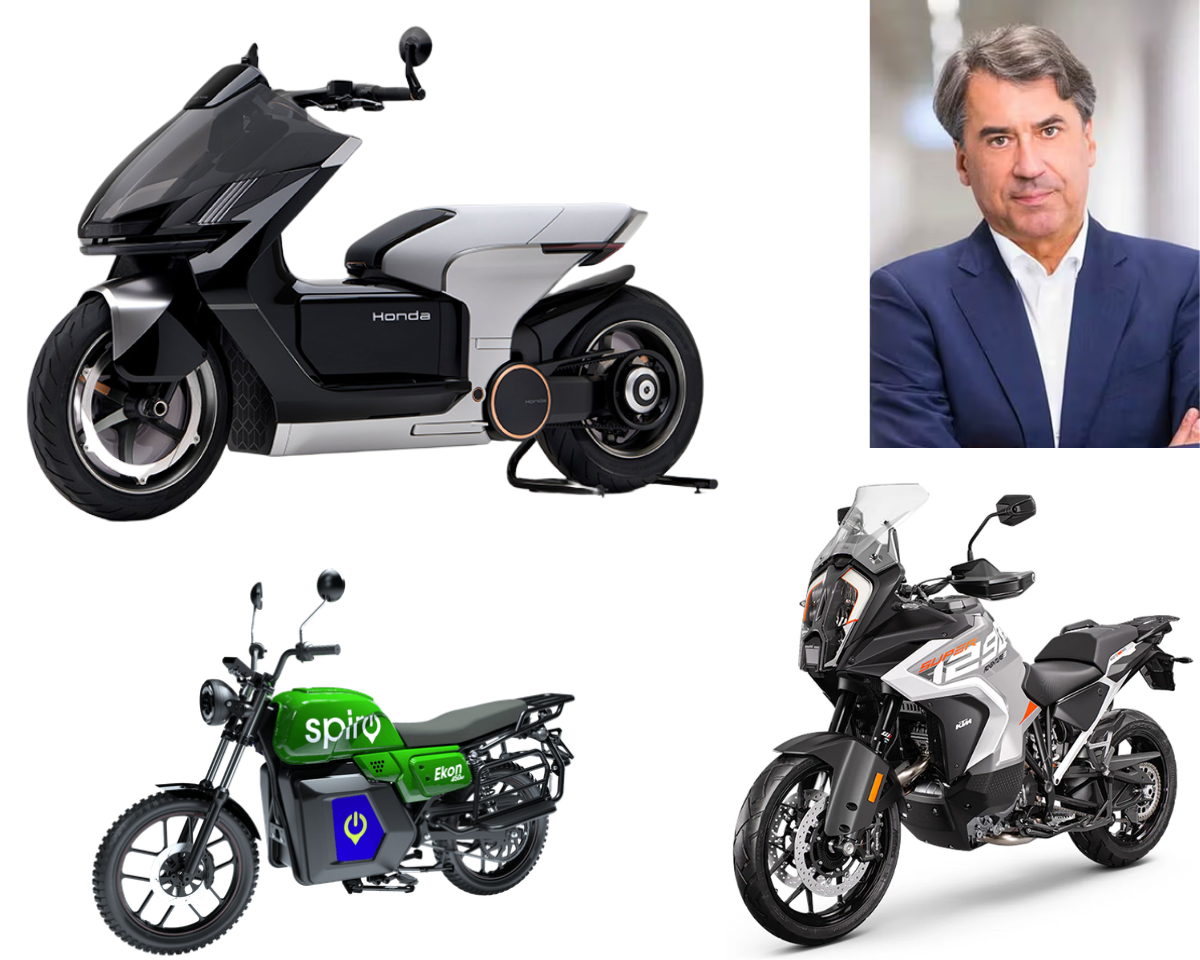Continue reading with a subscription
We save the most-in-depth, the most informative posts for our paid subscribers. Start a 15-day free trial of Premium now
Sign up now Already have an account? Sign inHonda's 50% market share of the Indian scooter market is handy as it enters electric mobility with the Activa e: and QC1 scooters. But the prices and the subscription plans leave everyone puzzled. They don't want to disrupt the market. Instead, Honda wants to take it apart, brick-by-brick.

We save the most-in-depth, the most informative posts for our paid subscribers. Start a 15-day free trial of Premium now
Sign up now Already have an account? Sign in